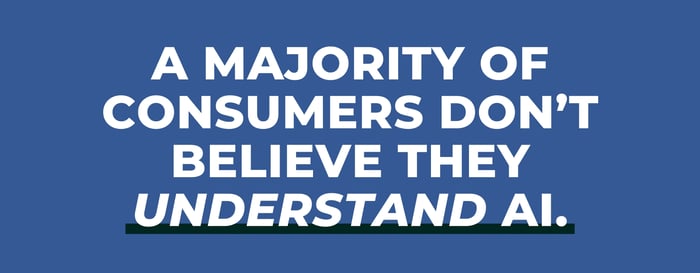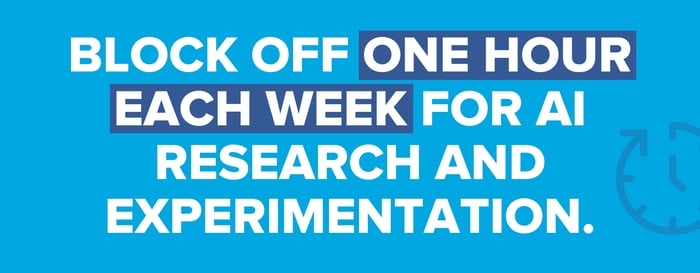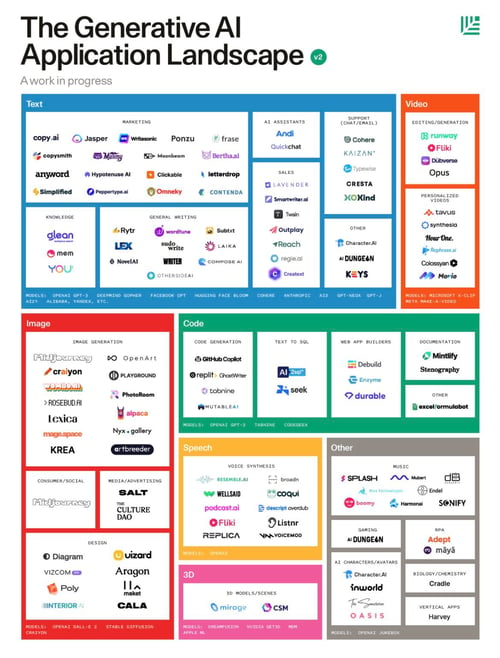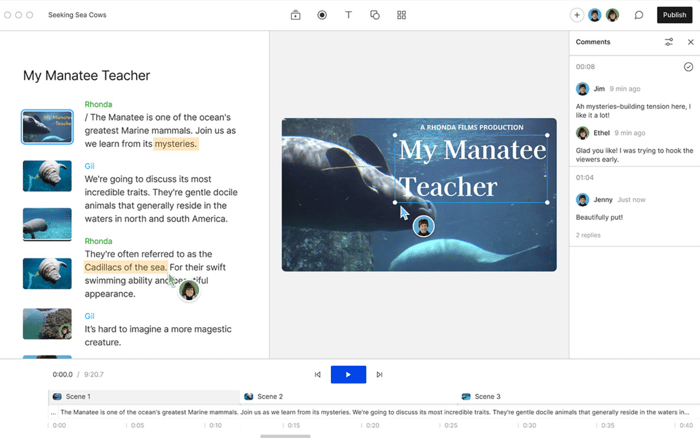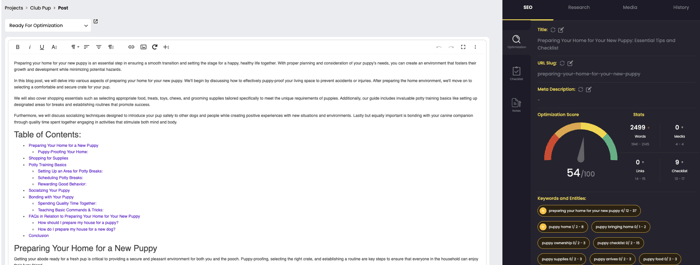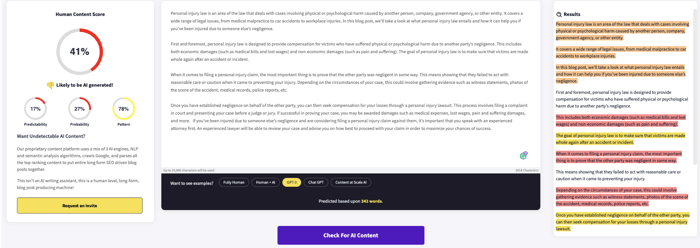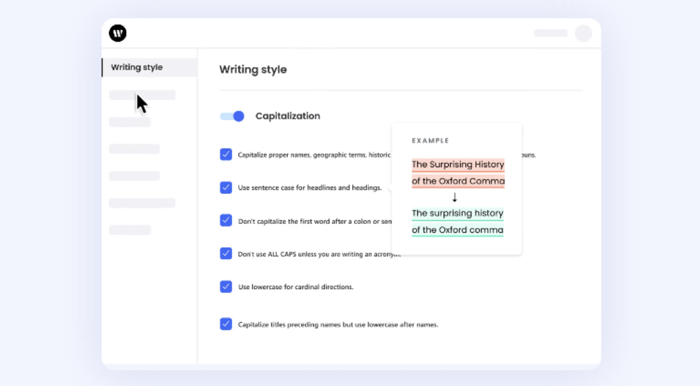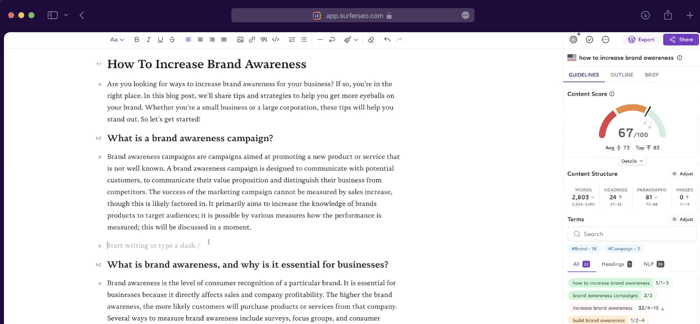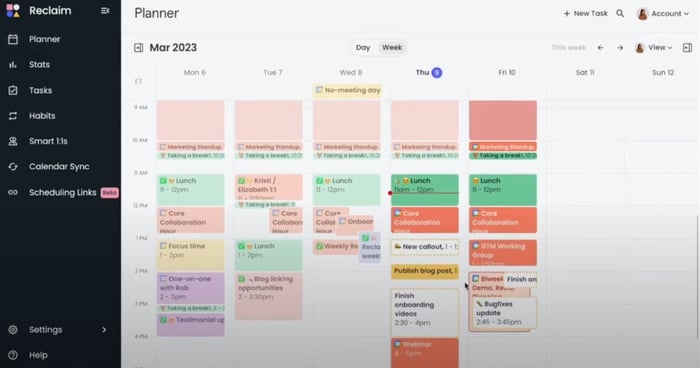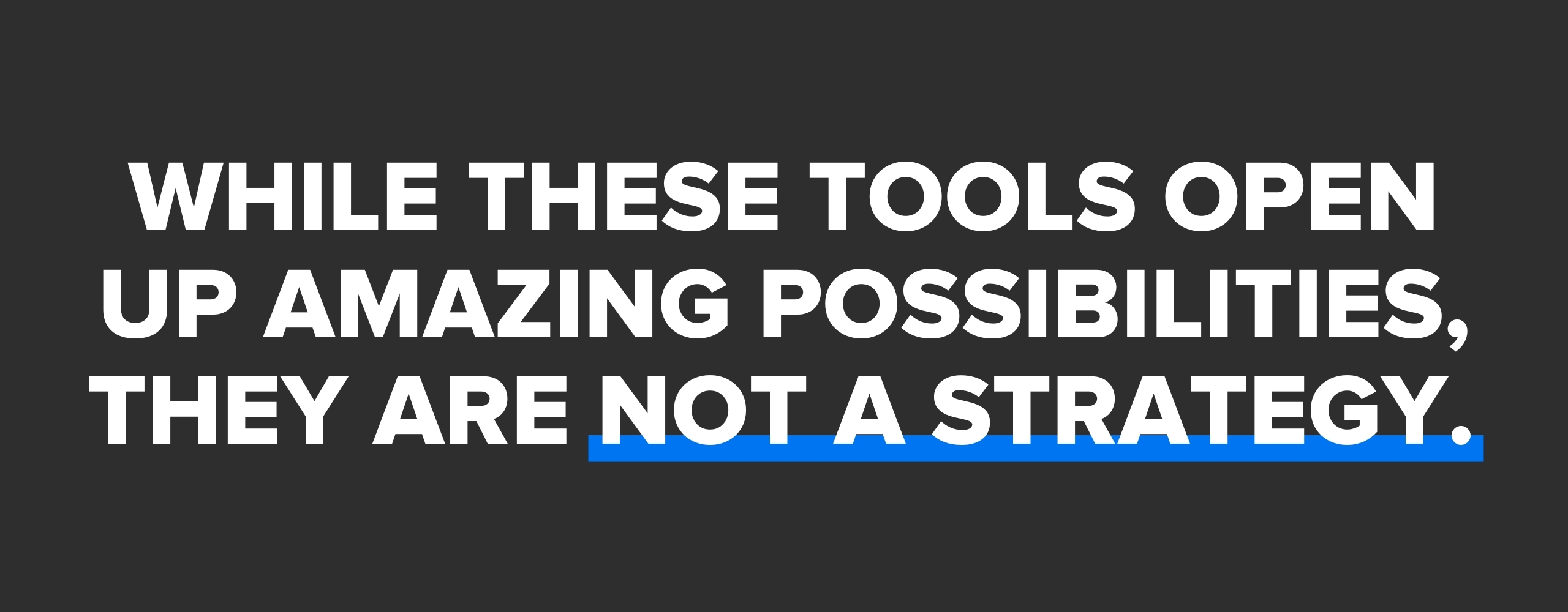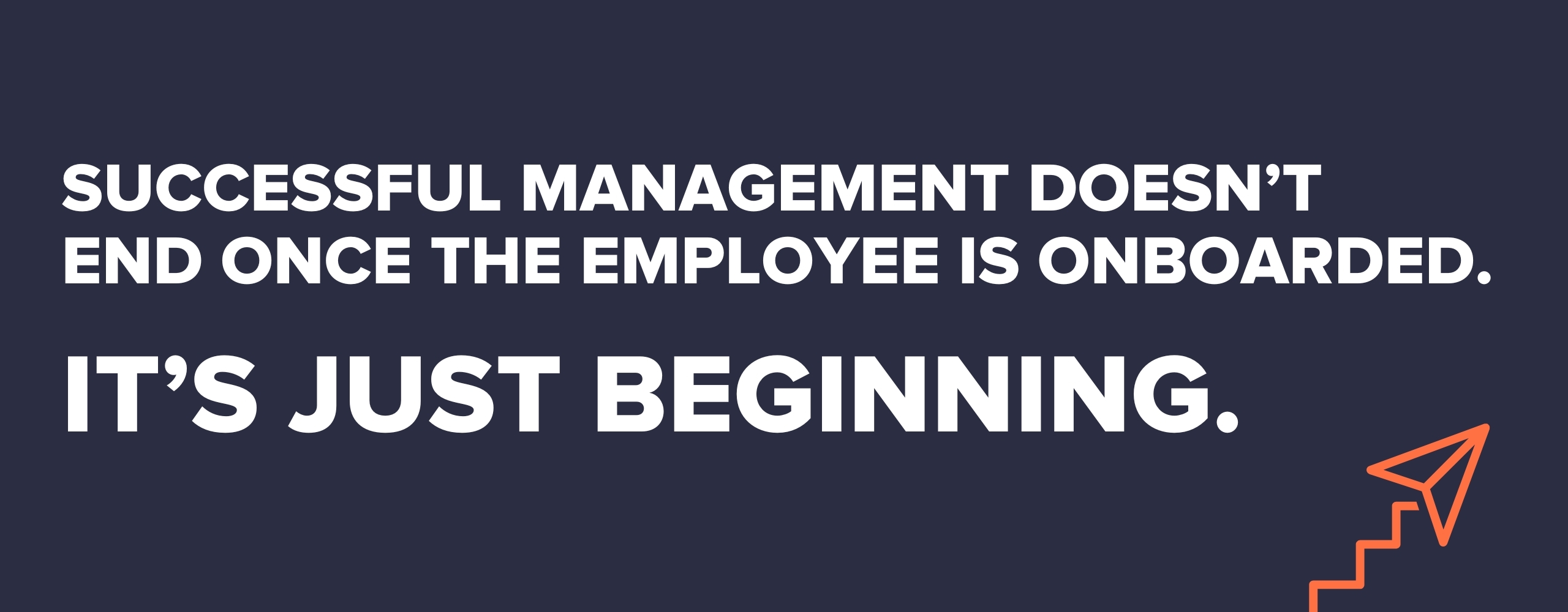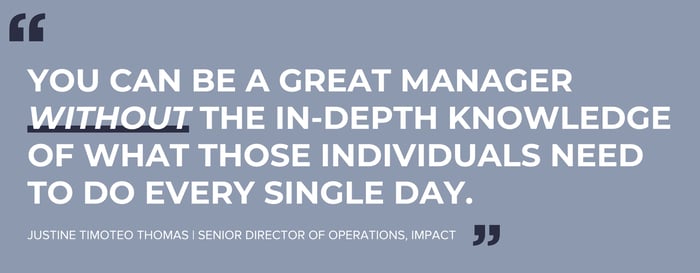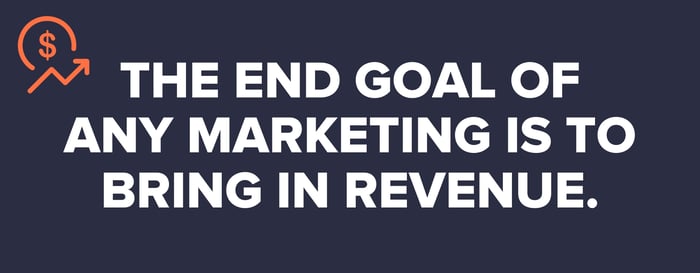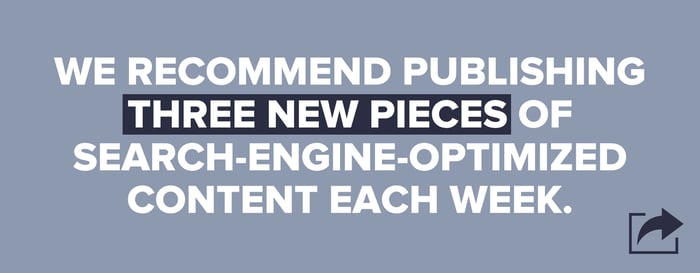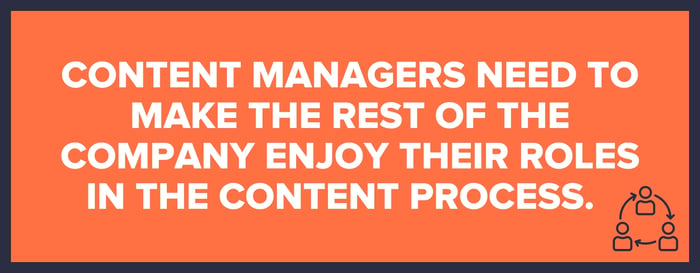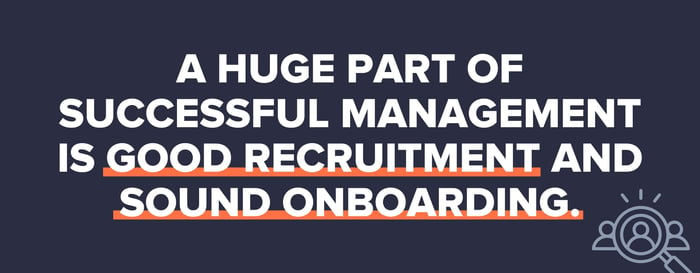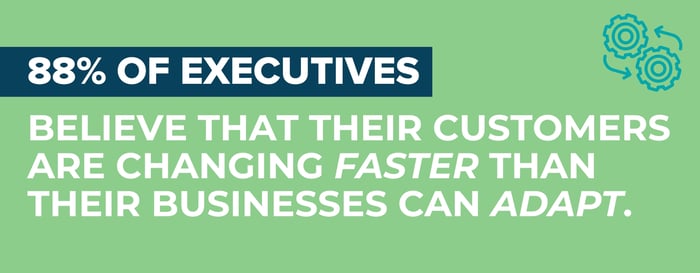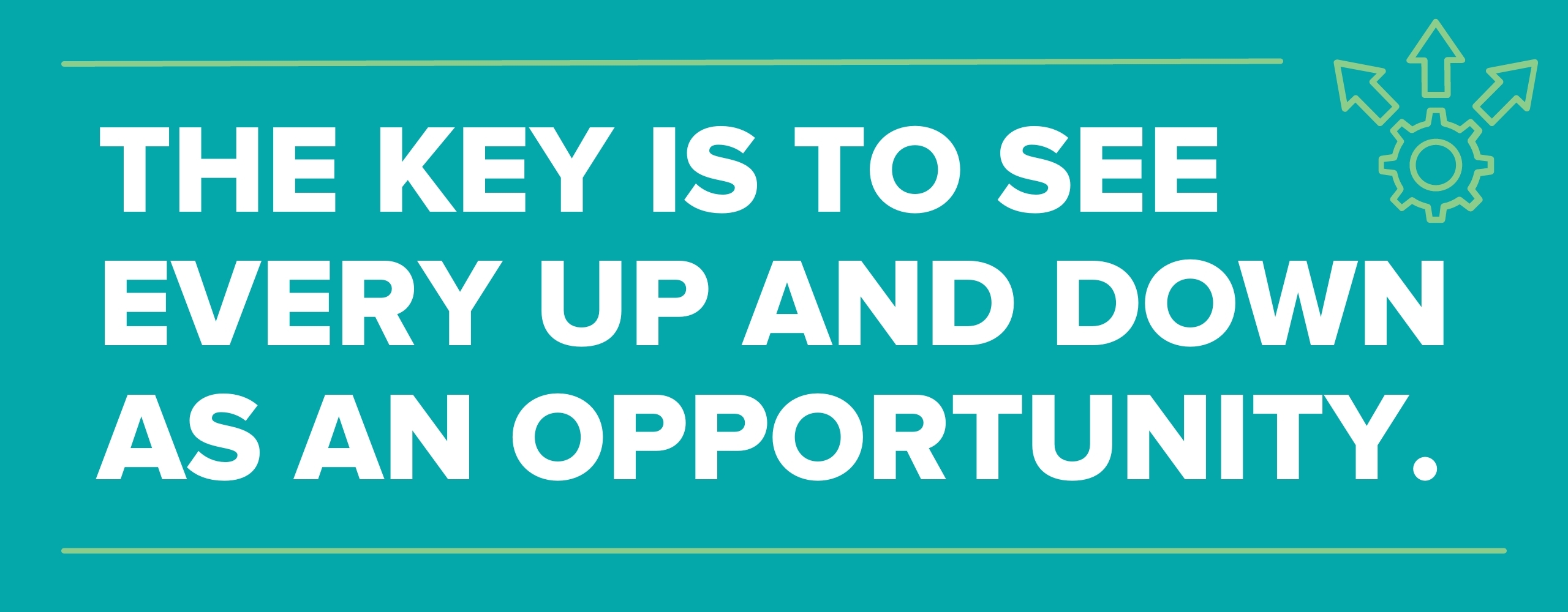When clients come to us for help improving their sales results, they’re usually feeling frustrated and lost. In most cases, they’ve got a low close rate — or they’re losing sleep, worrying that their entire sales process is all wrong.
And honestly, those things are usually tied together. A bad sales process will certainly tank your close rate.
If you’re rushing people through your sales process, you’ll end up seeing prospects walk away because they’re being pushed to make a decision too quickly. Or, if your process is overly long and complex, prospects may become impatient with the unnecessary hoops they have to jump through.
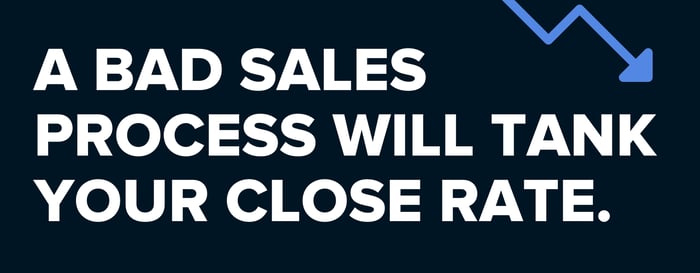
But length isn’t the only problem that can plague a sales process. Sometimes it can also be too rigid, pushing customers through a cookie-cutter process that’s not attuned to their needs.
As a sales coach, I teach my clients that the best sales processes are just the right balance between standardized and customized — They’re built with the buyers in mind.
If you’re dealing with low close rates and a legion of stalled deals, it’s probably time to look closely at your sales process itself and ask yourself if it’s off balance.
The biggest flaw of your sales process: it’s designed for you, not your buyer
When I start working with a new sales team, my first questions are always about their sales process — What kind of repeatable steps do they take their buyers through? — And I see the same thing over and over again: Sales processes that are built for the business, not the buyer.
What does that mean?
A lot of sales processes are in place to keep pipelines organized as salespeople move their opps through, ending in closed/won or closed/lost. They are tools for organizing work, not solving for the needs of the buyer.
If the process is not designed with the buyer in mind, you’re likely to turn off a lot of prospects, and you’ll end up putting way more into closed/lost than you should.
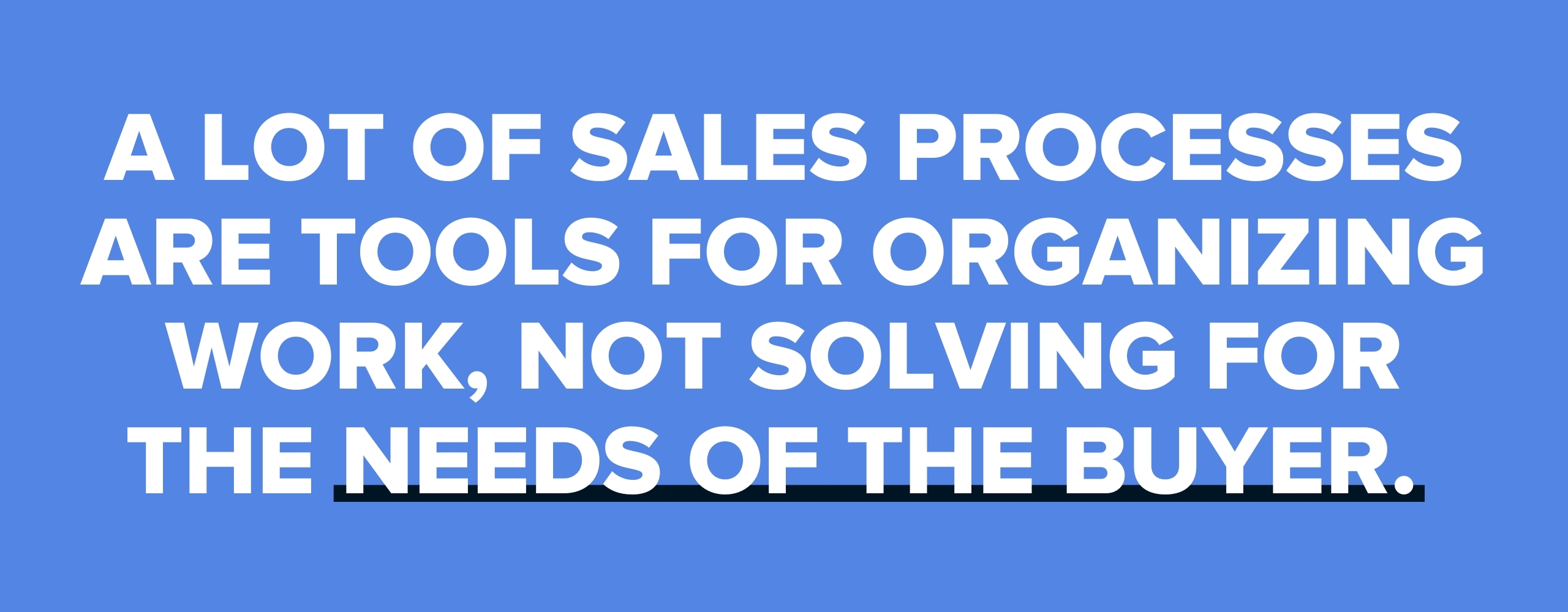
Here’s what this kind of sales process looks like to the buyer:
You rush the prospect along
When your process is built around keeping your team organized, you tend to divide it into calls or meetings. After the first call, you move into the second stage. After the second call you move into the third stage. And so on.
If the buyer’s not sure at some point, you either disqualify them or move them forward anyway.
The problem is that this structure is often too rigid. They are unnatural divisions that don’t take into account the buyer’s actual decision process. Those prospects likely could become customers if they were allowed to move at their own pace.
You pitch too hard
When the process is broken down by calls or meetings, the pitch is baked right in. A certain call is more likely to focus your features, your company, your excellence than what you actually do for your buyers. It’s about you, not them.
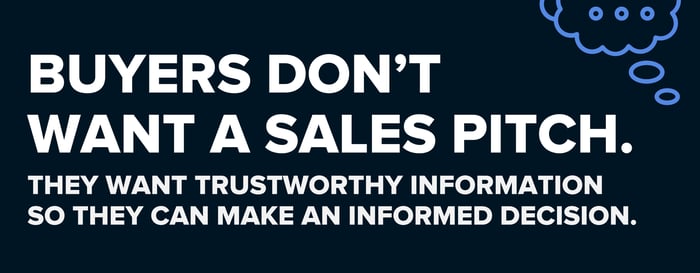
Statistics show that the most successful sales reps listen more than they talk.
But most below-average sales reps talk way more than they listen, leaving the prospect feeling unheard. They’re pitching when they should be asking questions and learning about the buyer, and this approach is woven into the whole sales process.
You don’t take the time to make the prospect feel educated
Buyers don’t want a sales pitch, they want trustworthy information so they can make an informed decision.
But most sales enablement materials are just a sales pitch dressed up as a PDF or buyer’s guide. You want to close more deals? Provide unbiased answers to your customers’ questions.
Now, in contrast to this, imagine you’re the customer. What kind of buying experience do you want?
One that focuses on your unique needs?
One that moves at your pace?
One where you feel educated and well-informed?
One that doesn’t involve upselling?
Exactly.
So why aren’t you giving your customers what you’d want if you were the one buying?
‘But Chris, we need to have some consistency!’
But Chris, you’re saying, it sounds like I should have no sales process at all! I can’t let every buyer’s experience be different. It’s just not feasible.
I agree.
You do need a sales process. One that provides structure to the buying experience while still being fluid enough to adapt to your buyers.
Standardize your sales process — but allow room for deviation
In order to build your sales process around your buyer, you first need to understand what your buyer wants.
How do you find that out?
You listen.

Both when you’re talking to prospects directly — and when you’re reviewing sales call recordings — pay attention to the questions, worries, and concerns you’re hearing. When you’re talking to customers who didn’t buy from you, get feedback on how the process went.
Then, you go back to the drawing board and build your process around the buyer’s needs.
For a more in-depth look at how to rebuild your sales process, check out these resources:
- Fix Your Sales Process by Asking: ‘What Decisions Does Someone Need to Make To Buy From Us?’
- How to Create a Sales Process that Closes More Deals
Make sure everyone understands the ‘why’
Your sales process exists for a reason. A standardized process is repeatable and easily learned by new hires. The marketing team can support it with sales enablement content.
And if done right, it’s attuned to your buyers’ needs.
Make sure your sales reps understand why the process is the way it is. Make sure they know the decisions that made it the way it is.
…So you can allow for thoughtful deviation
You probably had a teacher at some point who told you this: “you have to learn the rules before you can break them.”
Same thing here.
If your salespeople know why the sales process is the way it is, they can understand when and how to break it.
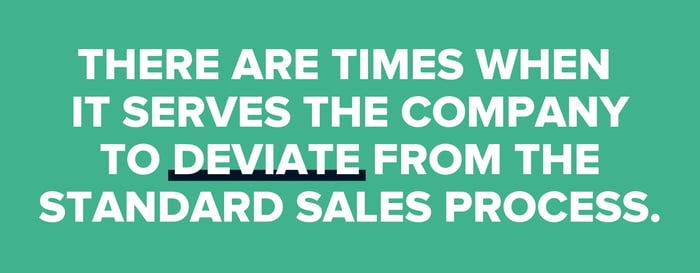
After all, there are times when non-traditional prospects want to buy from you. There are times when a buyer wants to move quicker than the standard process allows.
Simply put, there are times when it serves the company to deviate from the standard sales process. And that’s okay, as long as you know why the rules are there in the first place.
Fix your process, fix your close rate
I know most sales teams don’t want to hear this, but I’m going to say it anyway: If someone books time to meet with you, they’re a pretty serious prospect.
I know, I know.
Some of the opps are garbage. I hear you — just as I have heard the same thing from hundreds of other sales reps over the years.
But here’s the thing.
Time is the most valuable commodity there is. If someone has given up time to meet with you, they’re pretty serious about your company and your solution.
They’ve given up their time to meet with you — so make it worth it for everyone involved.
But of every 10 people who give up their time to meet with us, how many do we sell to? Two? Three? We’re failing to sell to 80% of the people who are serious enough that they gave you their time.
So, how do you sell to more than 20%
Three ways:
- First, by reimagining your sales process so it’s aligned with buyer decisions.
- Second, by adapting that process as needed for the individual buyer in front of you.
- Third, by taking time to educate every buyer to allow her to make an informed decision, not a rushed one.
Author: cduprey@impactbnd.com (Chris Duprey)
* This article was originally published here

